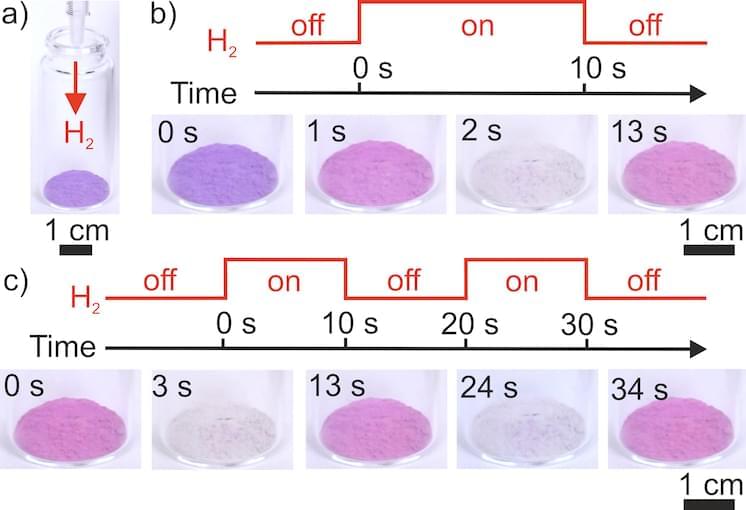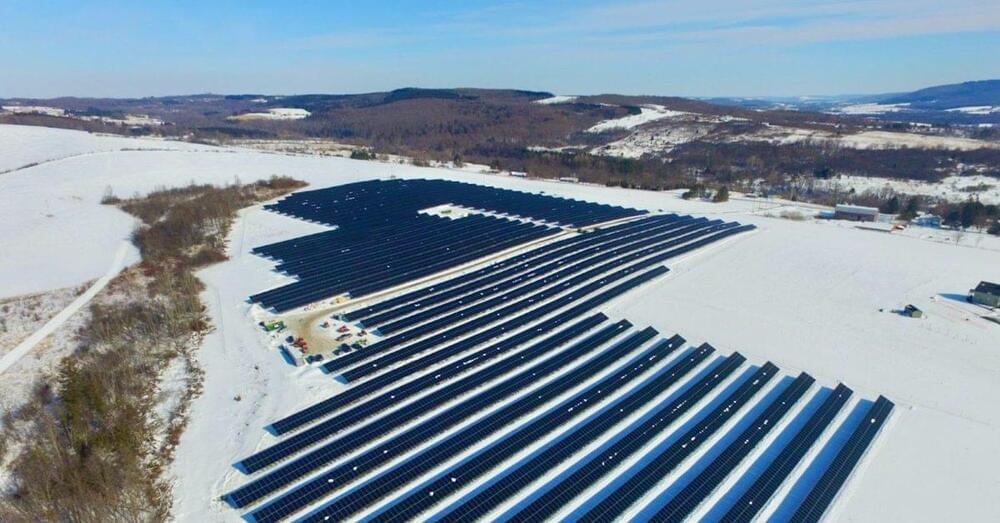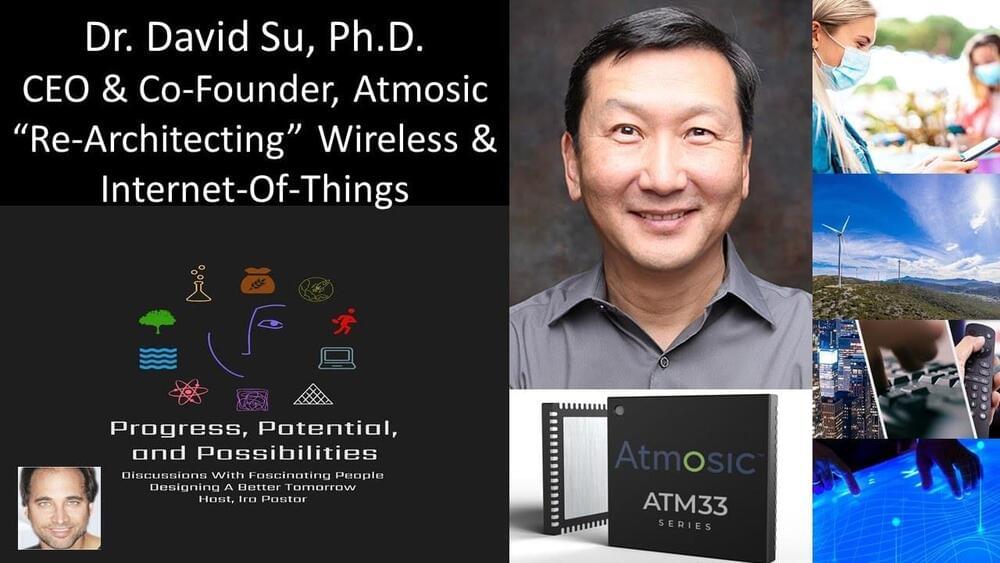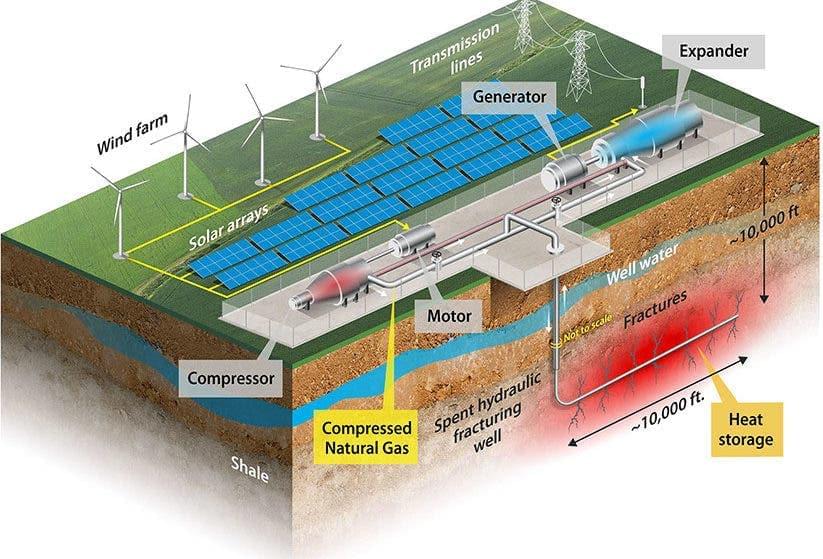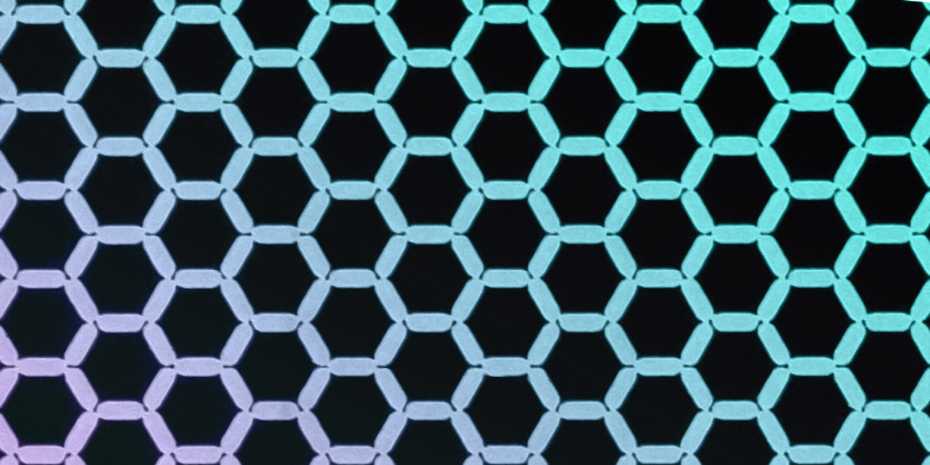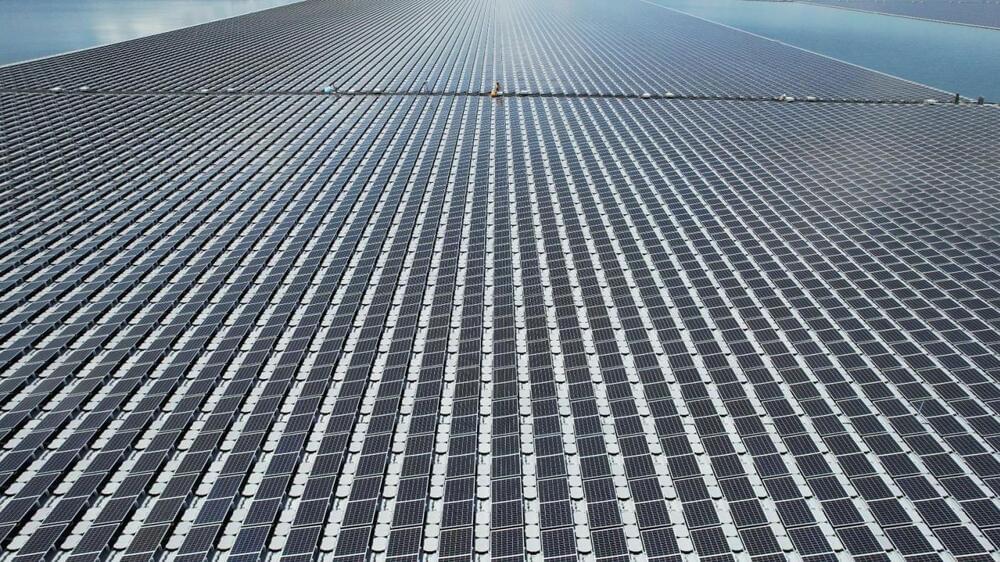Apr 13, 2022
Colour-changing sensor raises a pink flag to hydrogen leaks
Posted by Shubham Ghosh Roy in categories: electronics, energy
A simple colour change could indicate the presence of potentially hazardous hydrogen gas thanks to a new sensor developed by researchers in Germany. The micron-scale device, which uses so-called “supraparticles” that turn from purple to pink in the presence of hydrogen, could help prevent explosions by making it easier to detect and localize leaks at fuel stations, generators and pipelines.
